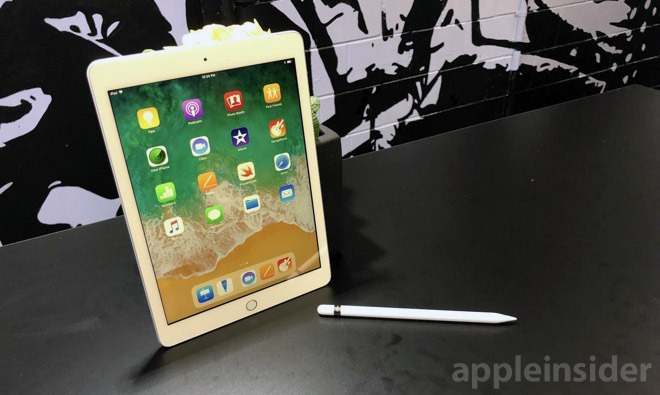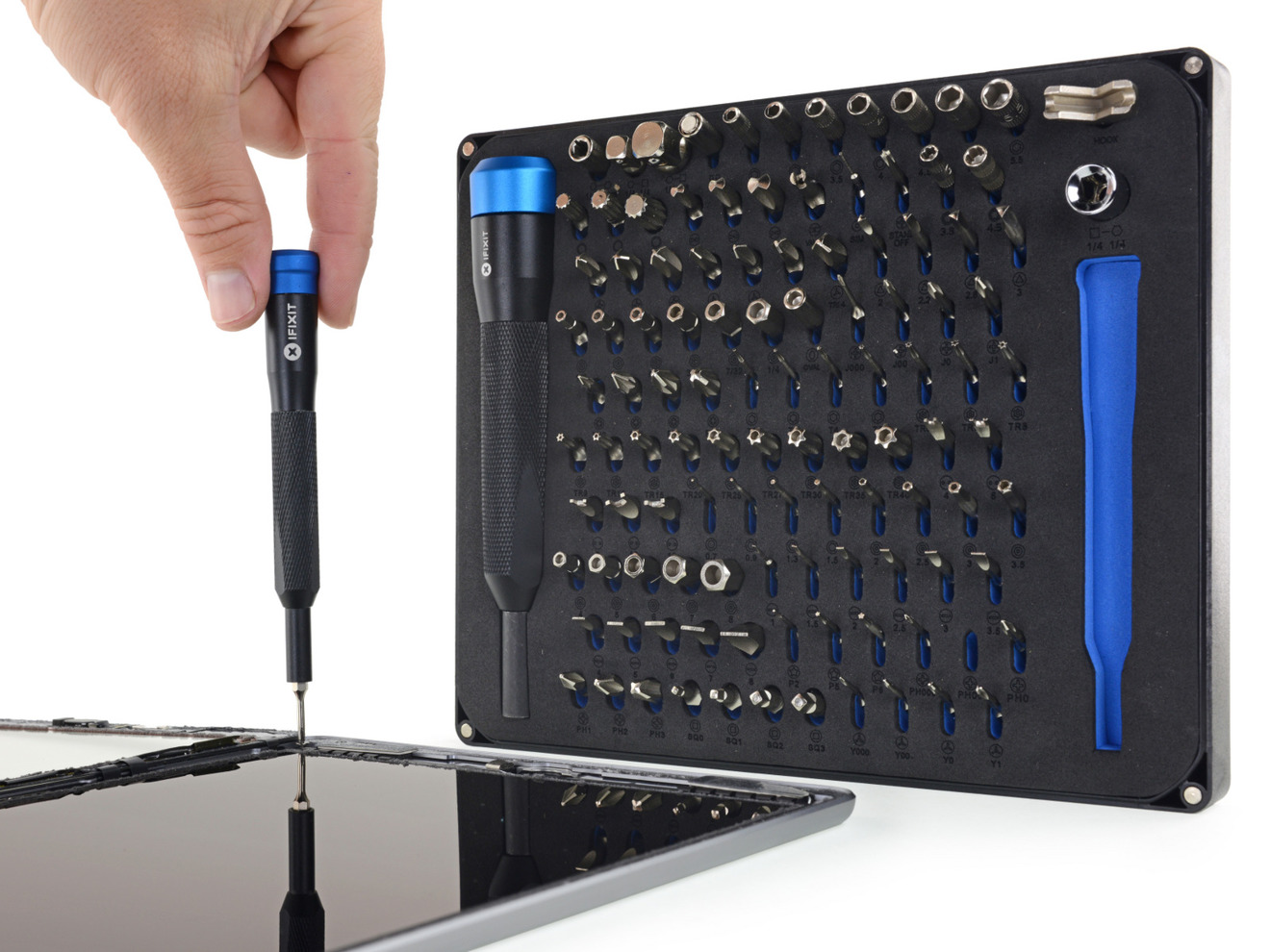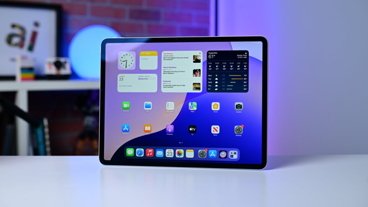The new, education-focused iPad device offers two major changes, as well as a few minor ones, according to iFixit's iPad 6 teardown, released Tuesday
The teardown finds that the biggest changes featured in the new iPad are the upgraded, Apple A10 fusion processor, as well as support for Apple Pencil, which previous standard iPad editions lacked.
Among the discoveries from iFixit's taking apart of the new iPad are that the new device continues to use the A1484 battery, the same one from the iPad 5, although it also retains the previous iPad's repair-impeding adhesive. The NXP 8461A1 Touch ID chip is also a holdover from the previous iPad.
In addition, the new iPad features a pair of Broadcom BCM15900B0 touch screen controllers. The new controller chips versus the 2017 iPad are also used in the 10.5-inch and 12.9-inch iPad Pro models, suggesting that they have been included to provide support for the Apple Pencil in the new device.
Most of iFixit's negative comments in the teardown relate to the strong adhesives in place in various parts of the device, and the difficulty they will present for repairs. Therefore, iFixit gives the new iPad a repairability score of 2 out of 10, the same as the 2017 iPad.
In comparing the new iPad to its competition in the education space, namely Google's Chromebooks, iFixit found that while the iPad's glass display is "more prone to drops," something mitigated by the new iPad featuring an "air-gapped digitizer panel." According to iFixit, the non-laminated display is "much cheaper to replace cracked glass that isn't LOCA-bonded to the display panel underneath." With the digitizer panel's cables looking slightly different from last year's edition, iFixit speculates that it was changed slightly for Apple Pencil capability.
The new iPad is available now. Continuing coverage includes AppleInsider's review of the device, and a video comparing the benchmarks of the new iPad and ther previous one.
 Stephen Silver
Stephen Silver





-xl-m.jpg)



 Chip Loder
Chip Loder
 Thomas Sibilly
Thomas Sibilly
 Wesley Hilliard
Wesley Hilliard
 Christine McKee
Christine McKee
 Amber Neely
Amber Neely
 William Gallagher
William Gallagher
 Malcolm Owen
Malcolm Owen









8 Comments
Does anyone even attempt to repair Google chromebooks or do they simply replace them?
My unscientific guess is: The unlaminated screen and heavy adhesives work together to reduce repair costs: I suspect the adhesives will reduce internal damage from drops while the unlaminated screen will be cheaper to replace. And,both are perfect for grade school classrooms!
Can't the schools put the iPad in some sort of rugged case? That should make the iPad be able to take more punishment without costing a lot of money. I had seen some tough cases for under $50. If a school could buy them in bulk it might even cost less. It's hard to compare a Chromebook to an iPad but if most schools want to use a keyboard, then I suppose Apple's iPad will be the big loser. For drudge work, I'd personally go for a device with a physical keyboard because that's what I've been used to for most of my life. I just can't figure how Chromebooks are so much cheaper than iPads. What kind of profit margins do Chromebooks have that companies can just keep making them year after year and take no financial losses?